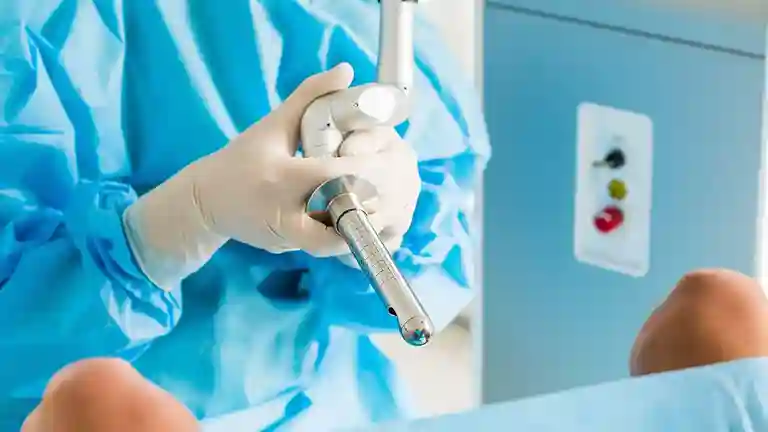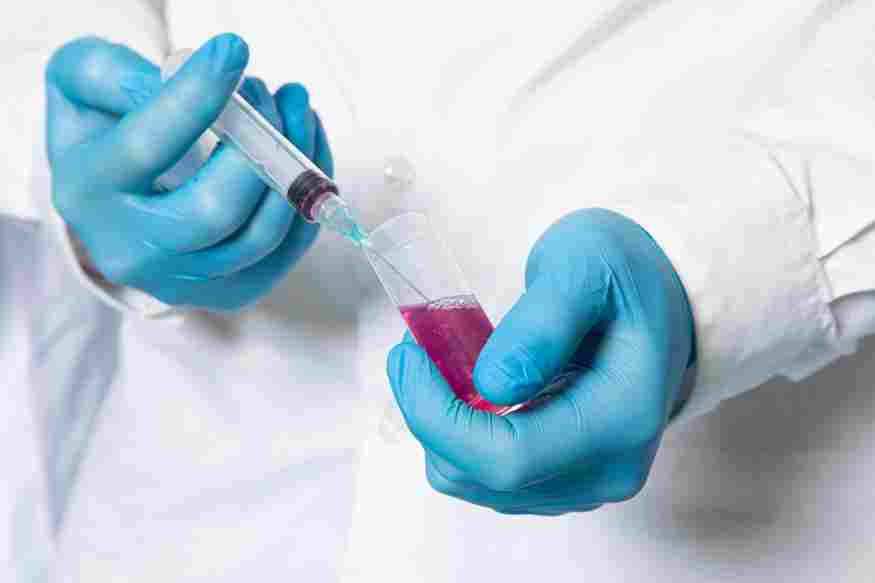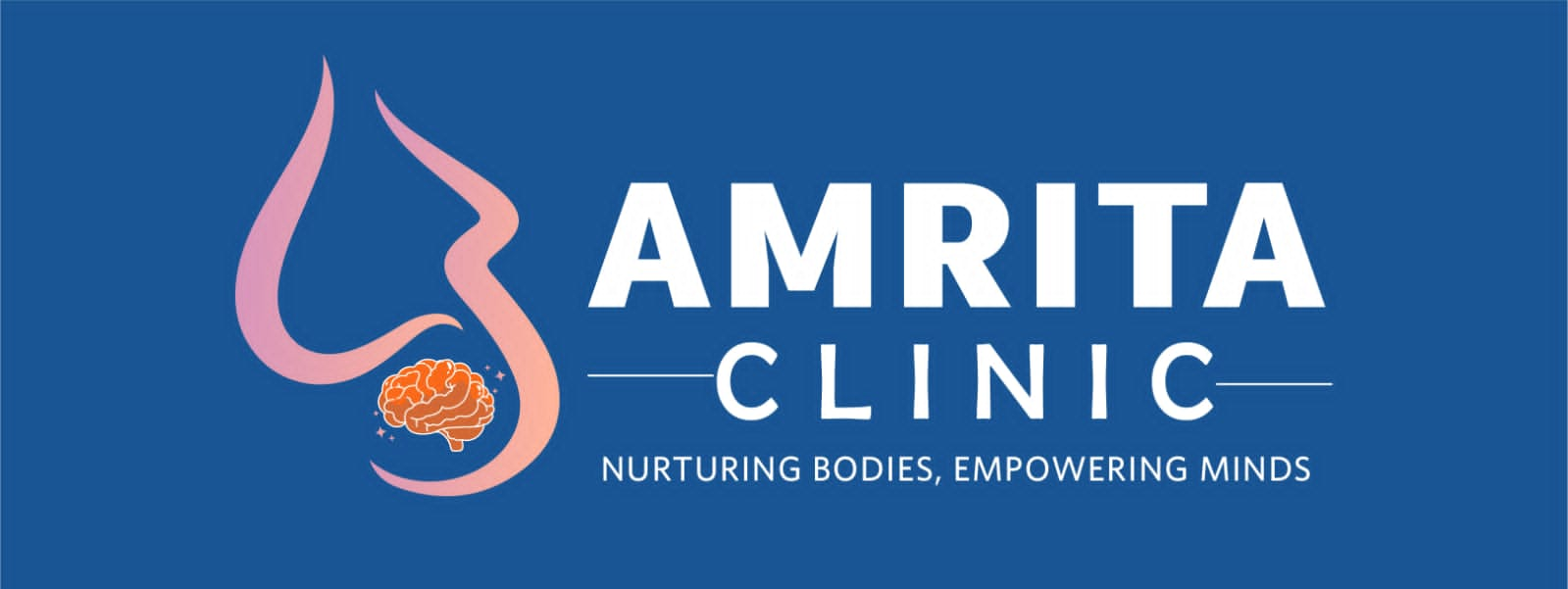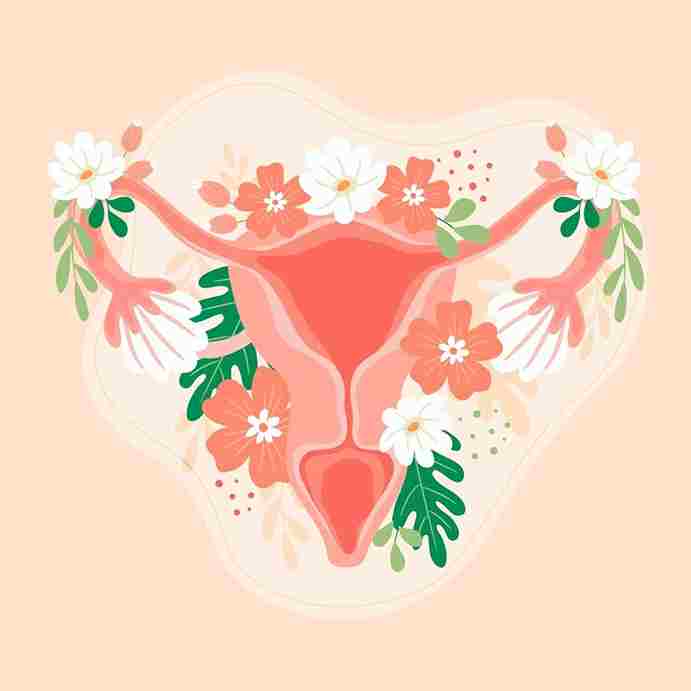Over the years, the field of cosmetic gynecology has witnessed significant advancements, enabling individuals to undergo vaginal rejuvenation without the need for traditional surgical interventions. Nonsurgical vaginal skin tightening procedures, employing techniques such as diode laser, Nd YAG laser, CO2 laser, radiofrequency, and platelet-rich plasma (PRP), have gained popularity due to their advantages, efficacy, and broad range of indications. In this article, we will explore these techniques, discussing their merits, applications, and effectiveness.
Diode Laser
Diode laser treatment is performed using targeted laser energy, which provides controlled heating to the vaginal walls, stimulating collagen production and tightening the tissue. It is a minimally invasive procedure, usually completed within 15-20 minutes. One of the key advantages of diode laser treatment is its ability to enhance vaginal elasticity and lubrication, thus improving sexual satisfaction and overall vaginal health. Furthermore, diode laser procedures require minimal downtime, with most patients able to resume their daily activities immediately. Multiple sessions may be recommended for optimal results.
Nd YAG Laser
Nd YAG laser treatments work by delivering gentle laser energy deep into the vaginal tissue to stimulate collagen production. This leads to enhanced structural support and tightening of the vaginal walls. Nd YAG laser procedures are effective in treating stress urinary incontinence, vaginal dryness, and laxity. The advantages of this technique include minimal discomfort during the procedure, no downtime, and no hormonal changes. The treatment typically takes around 20-30 minutes, and several sessions are usually required for optimal results.
CO2 Laser
CO2 laser or fractional CO2 laser treatments have gained popularity in nonsurgical vaginal rejuvenation due to their effectiveness and versatility. The laser emits a carefully controlled beam of energy, creating micro-injuries in the vaginal tissue. This stimulates collagen production, resulting in tightening and improved vaginal health. CO2 laser treatments have been found to effectively address concerns such as vaginal atrophy, laxity, dryness, and urinary incontinence. The procedure is performed on an outpatient basis and typically requires multiple sessions. CO2 laser treatment is associated with minimal discomfort, no significant downtime, and long-lasting results.

Radiofrequency
Radiofrequency (RF) technology has been widely employed in nonsurgical vaginal skin tightening procedures. RF treatments use controlled energy to heat the vaginal tissue, stimulating collagen synthesis and promoting tissue remodeling. RF therapy is an effective, non-invasive option for individuals seeking vaginal skin tightening, improved lubrication, enhanced sensitivity, and relief from mild urinary incontinence. This technique offers minimal discomfort, requires no downtime, and usually involves a series of treatments for optimal outcomes.
Platelet-Rich Plasma (PRP)
PRP therapy involves using a patient’s own blood cells, specifically the platelets, which contain growth factors that facilitate healing and tissue rejuvenation. The procedure begins with a small blood sample from the patient, which is then processed to isolate the platelet-rich plasma. PRP is then injected into the vaginal tissue, promoting tissue regeneration, increased collagen production, and improved tightness. PRP treatments have demonstrated positive results for many gynecological conditions, such as stress urinary incontinence, vaginal atrophy, and diminished sexual satisfaction. PRP therapy is safe, with no risk of allergic reactions, as the plasma is obtained from the patient’s own blood. The procedure typically takes less than an hour, and multiple sessions may be recommended.

Effectiveness and Indications
These nonsurgical vaginal skin tightening procedures have demonstrated considerable effectiveness in addressing a wide range of concerns. They can provide significant improvements in vaginal laxity, lubrication, urinary incontinence, and sexual satisfaction. These treatments are particularly beneficial for women post-childbirth, menopause, or those experiencing hormonal changes that affect the vaginal tissue. While individual results may vary, many patients have reported noticeable tightening, increased comfort, and enhanced sexual wellness following these procedures.
Conclusion
Nonsurgical vaginal skin tightening techniques, such as diode laser, Nd YAG laser, CO2 laser, radiofrequency, and PRP, offer an array of advantages and indications for women seeking vaginal rejuvenation without undergoing surgical procedures. These technologies allow for improved vaginal health, increased tissue tightness, enhanced sexual satisfaction, and decreased concerns such as urinary incontinence and vaginal atrophy. While considering these treatments, it is crucial to consult with a qualified cosmetic gynecologist who can assess your specific needs and recommend the most suitable procedure for you.




